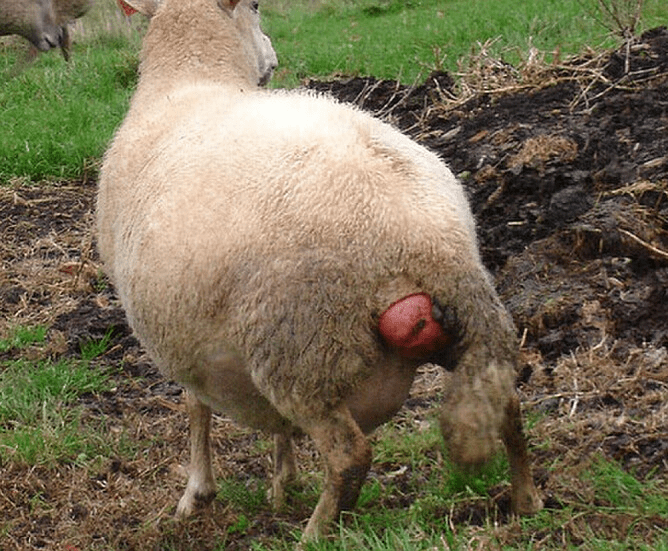Being clear on what are and are not risk factors will help you make informed decisions to protect your flock (and bottom line).
We are not going to be in your letter box again with Field Notes until November, so here are some key points to be aware of to help minimise your risk of bearings this season.
Risk factors
Increasing body weight between mating and scanning
Shearing between mating and scanning
Younger ewes
Having a bearing in previous years
Having multiple lambs on board - especially twins and triplets
Grazing moderate to steep paddocks in late pregnancy
Access to salt in late gestation
Feeding swedes in late pregnancy
Use this information to modify where, and what, you graze your multiple bearing ewes on in the late part of pregnancy.
None risk factors
Thin vs fat ewes at the end of pregnancy
Weight gain or loss from scanning to lambing
Tail length - many of you will assess this critically this year
Magnesium levels
Amount of feed late pregnancy
Breeding line
As you can see, there are factors throughout the year that can have an impact on the incidence of bearings in your flock.
We are very happy to work through these with you - just give your KeyVet a call if you would like to discuss them in more detail.
We can also discuss the best treatment options for bearings. Some farmers are now using an anti-inflammatory injection in ewes with bearings and report that it has improved the treatment response. Our vets can make a drug allocation for you if you would like to give it a try.

